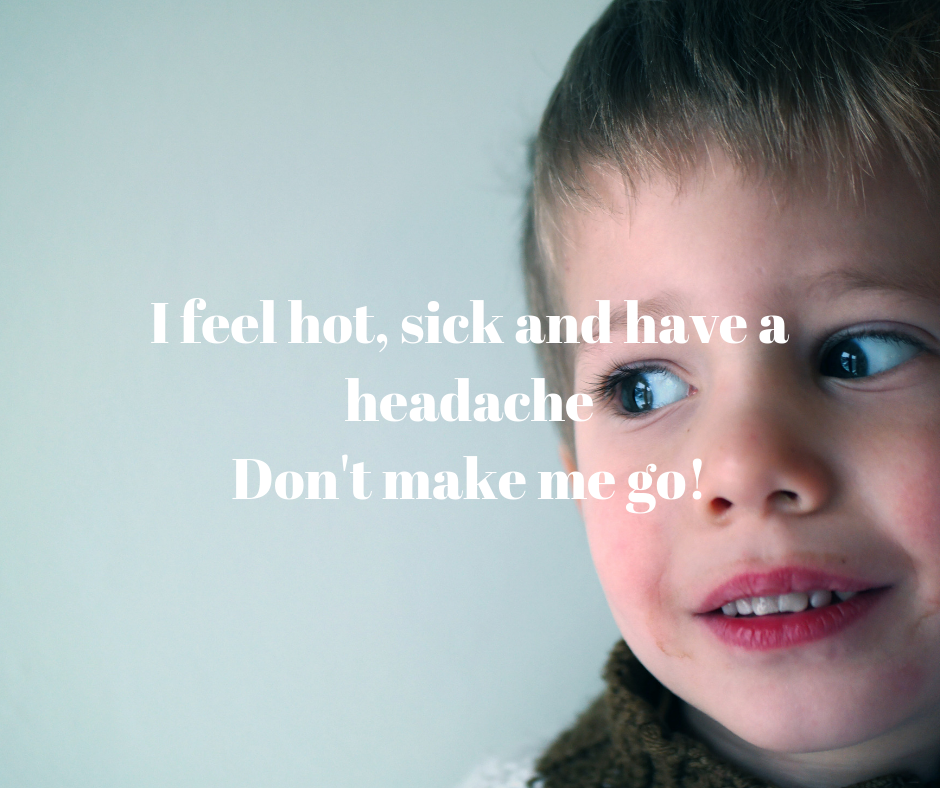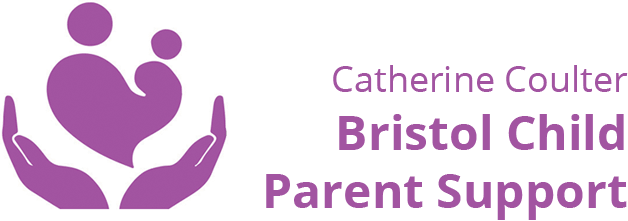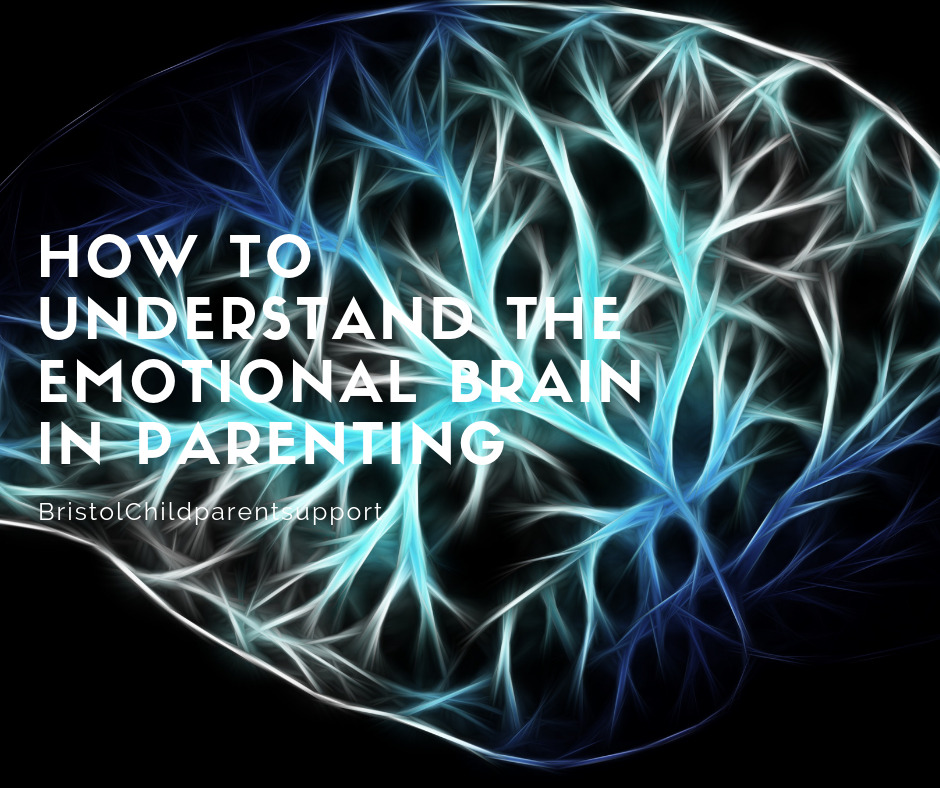The brain is a complex and extraordinary organ. Parenting is a profoundly emotional experience that originates deep within our brains in our limbic system. This works with our body to enable secure connections that create safety, understanding, trust, and love between us. We don’t need to be scientists to understand the process. Here is some of what I’ve learned, and I am happy to share it with you.
The brains of infants are not initially fully developed and their connections are shaped by their interactions with you and their surroundings.
To foster confidence and control of emotions in babies, it is essential to create secure links between their “lower” emotional brain (Limbic System) and their “higher” logical brain (prefrontal cortex, PFC).Within the PFC, your child can manage (regulate) emotions, put them into perspective, and reflect on and understand the context. They feel safe and can then trust. The amygdala has a role in safety and threat detection.
The Amygdala in the Limbic System

What does the Amygdala do?
Some authors have called the Amygdala the ” guard dog ” in the brain. Its primary responsibility is to manage the brain’s emotional reactions. One of its most important duties is to decide what is or isn’t a danger or threat to you. The amygdala keeps track of all your body sensations like touch, sound, sight, and smell.

If it interprets any sensory information as dangerous, it will alert you in a 10th of a second quicker than a conscious thought (Davis & Whaler p 18. Brain-based Parenting Daniel Huges and Richard Baylin). It’s like a dog barking loudly and will decide which response is necessary to save your life. It is susceptible to gaze and facial expressions. It does not have much discernment (mindless) and is physiological. The Amygdala typically has three options when it senses danger:
- Fight ( shout, kick and hit)
- Flight ( avoid, run, back off)
- Freeze ( shutdown, dissociation)
If the threat level is moderate in the first two states, it switches on our sympathetic nervous system and stimulates cortisol and adrenaline. Heart rate increases, and other bodily responses. Usually the parasympathetic system will calm down when the threat is over, but if it is life-threatening. We can’t escape; the third system is activated. The parasympathetic system shuts everything down, and we freeze. It uses the same system as animals for a pain-free death.
The Hippocampus
The hippocampus works with the amygdala and helps us construct autobiographical memories. These are memories of events, including who, what, and where (context). Sometimes, it’s likened to a security guard or Librarian. Since the Hippocampus’s job involves filing, checking, and ‘tagging’, it takes more time to decide and reacts more slowly than the Amygdala; this is good! It is not online from birth.
How does it work with the Amygdala?
Most of the time, they work well together. The guard dog (Amygdala) and the security guard (Hippocampus) have a good relationship with ordinary events. They work together and cooperate reasonably. If the amygdala senses danger, it will bark, and the security guard checks it out and tells it, it’s okay, which will signal to calm down. This helps to put our parenting experiences into perspective; however, if we’ve experienced trauma during childhood or after, the guard dog gets overwhelmed and leaves, resulting in the amygdala being in charge and reacting in a ” fight” or “flight” with our children.
What else is the Hippocampus responsible for?
Of course, it helps manage the stress response, but it also creates many new brain cells. It is, however, particularly vulnerable to stress hormones and excitable hormones. Too much activation of these can lead to disorders such as PTSD and depression.
What “Amygdaloid” Behaviours may you see in your child?
When faced with an alarm or threat, the brain can display various behaviours. These may include heightened aggression, such as hitting, scratching, yelling, and biting, as the body prepares to either fight or flee for survival. Alternatively, avoidant behaviours like hiding, running away, or blaming may also be seen. Physical symptoms such as stomach aches, headaches, dizziness, can also manifest as the body is under stress rather than experiencing a medical issue. If these behaviours persist for more than six months and begin to impact daily life, it is important to seek assistance.

It also means that you have an amygdala, too. When we are in a Flight or Fight response, cortisol floods our prefrontal cortex, so we lose our capacity to think in those moments. For most of us, when we flip our lids, we gather ourselves and say sorry and reconnect; however when we’ve experienced blocked care as children or who have been diagnosed with depression and trauma, it might result in parenting that is more than often:
- You versus me, polarised.
- Taking it personally
- Defensive and misreading the context of the interaction. ( Don’t look at me like that, stop attacking me, etc.)
- In survival mode, you are flipping your lid all the time.
- No reward, parenting is heavy all the time ( Daniel Hughes)
This often prevents empathic parenting. You may feel defensive or what to avoid being with your child during that interaction. This does not contain your child’s feelings and may create a lack of safety and trust. It may even trigger negative and unrewarding cycles. This is why it is often more helpful to meet with a therapist without your child in the first instance if this cycle is prevalent. If you are struggling with this, seek help from a therapist or contact me for a consultation.

The Good News.
The amygdala works with the Hippocampus (you can visit my Facebook page for a recent post on the Hippocampus). The hippocampus mediates between the amygdala and prefrontal cortex (upstairs brain). The amygdala has receptors inside that receive Oxytocin. Oxytocin creates feelings of calm, trust, and love. When the receptors are switched on, the amygdala does not “bark” so loudly. It calms it down, and the threat seems less; we can approach a situation feeling safe. This is especially important when working with anxiety and why we must experience conditions repeatedly and safely. That is what exposure work is in Cognitive Behavioural Therapy.
The next time your child is “amygdaloid”, you can stimulate Oxytocin by:
- Using a soft and warm voice and singing.
- Offering friendly and gentle touch and lots of hugs!!!
- Massage
- Warm facial expressions

If your amygdala is triggered, then give yourself time and breathe!! If you need to go, reassure them that you will be coming back. Work on your triggers, and seek help.
In conclusion, I want to reassure you that practice lets the brain learn to do things differently. This is what is meant by neuroplasticity. You repeatedly create pathways in your brain. Over time, the brain doesn’t need to exert as much energy before completing the task because the path is so well-worn. So they say:
“Neurons that fire together, wire together.”
Thank you for reading this, and if you are new, welcome to my site. I work with families, parents, adults, and children. Everything I do in my work intends to bring awareness, security, and loving connections to everyone. Visit me on Facebook, where I post blogs and more weekly. Much Love Catherine



